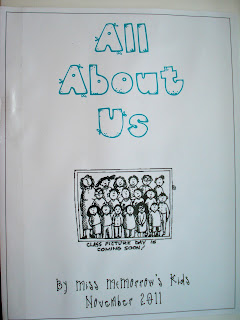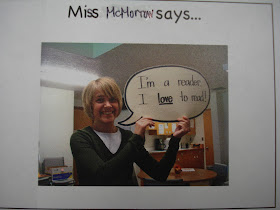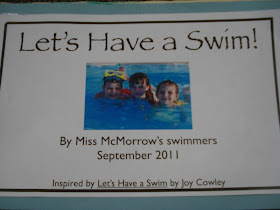Brain Rules says that exercise boosts brain power. The brain hungers for energy. It also says that the brain can only attend to instruction for about ten minutes before it needs a break. (I can testify to this. Sometimes it feels more like five minutes, especially in September.) Since I hang around six-year olds, movement is part of my life. We don't stay in one place for very long, and we take little brain breaks throughout the day. I even write in my lesson plan book the specific brain breaks I want to use each week throughout the year so that I don't bore the kids with the same ones.
One evening in September after a day of feeling like I worked a whole lot harder to instruct, than my 27 first graders worked to listen, I felt like I needed some fresh ideas for how to help move them along. I came across this book by Susan Lattanzi Roser and ordered it on the spot, even without an emergency budget committee meeting. I was desperate. (Thanks to Dave Ramsey, there's always a cushion in the budget for emergencies like this.)
I also discovered several of the book's energizer demonstrations on youtube. The very next day I tried out "Shark Attack." It was a hit, and I knew we were on to something. We've been trying them out since, and even though some don't go over as well as others, it's nice to have such a large collection of new creative brain breaks to choose from.
Anyone who might be interested should check out youtube. The link for "Shark Attack" is below. If you like what you see, watch the other clips that are lined up on the right side of the page and imagine your own class finding moments to not only increase movement but to give their brains a break.

















































